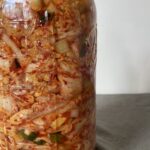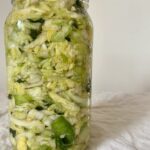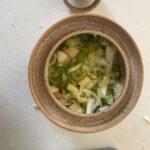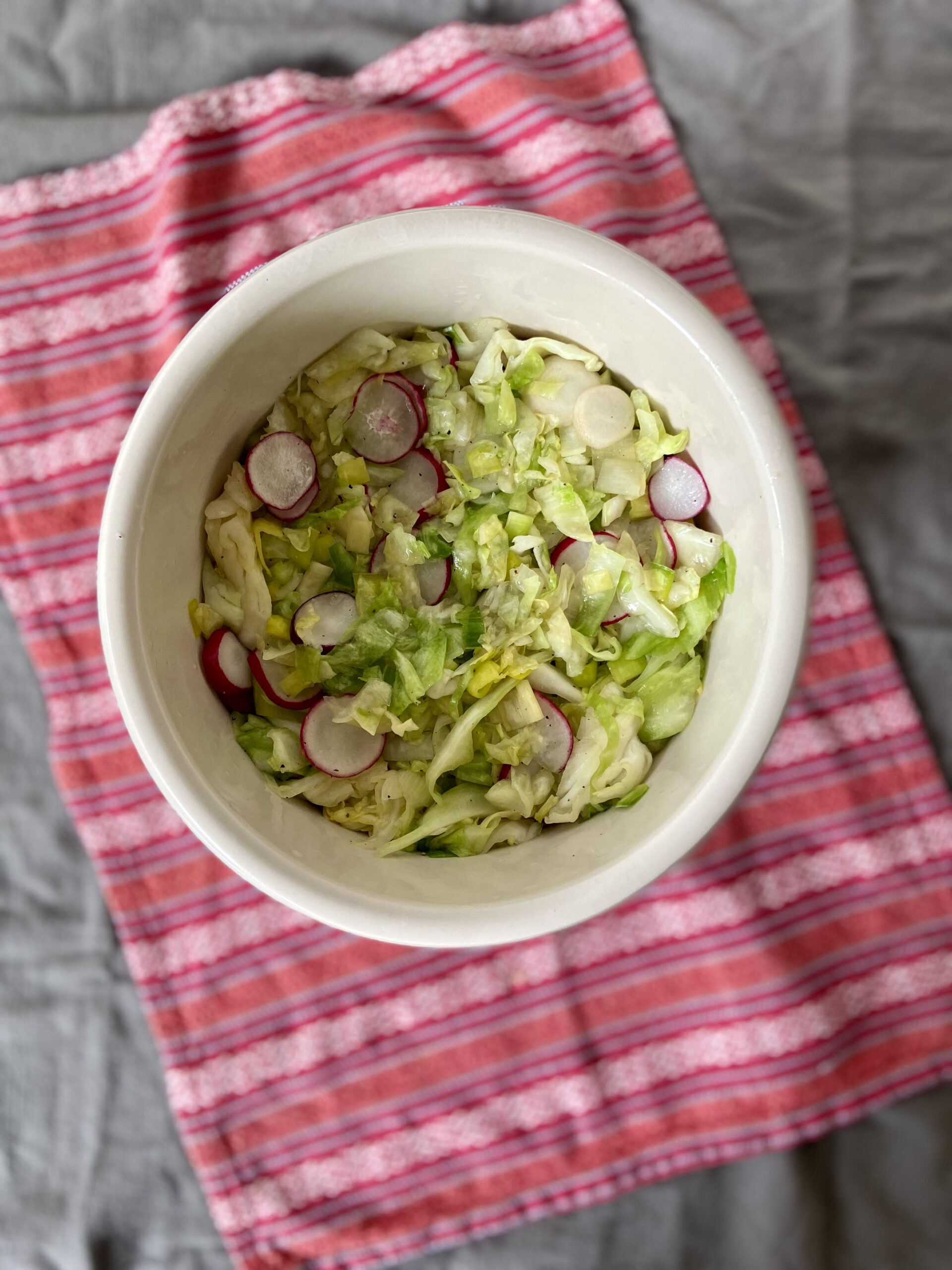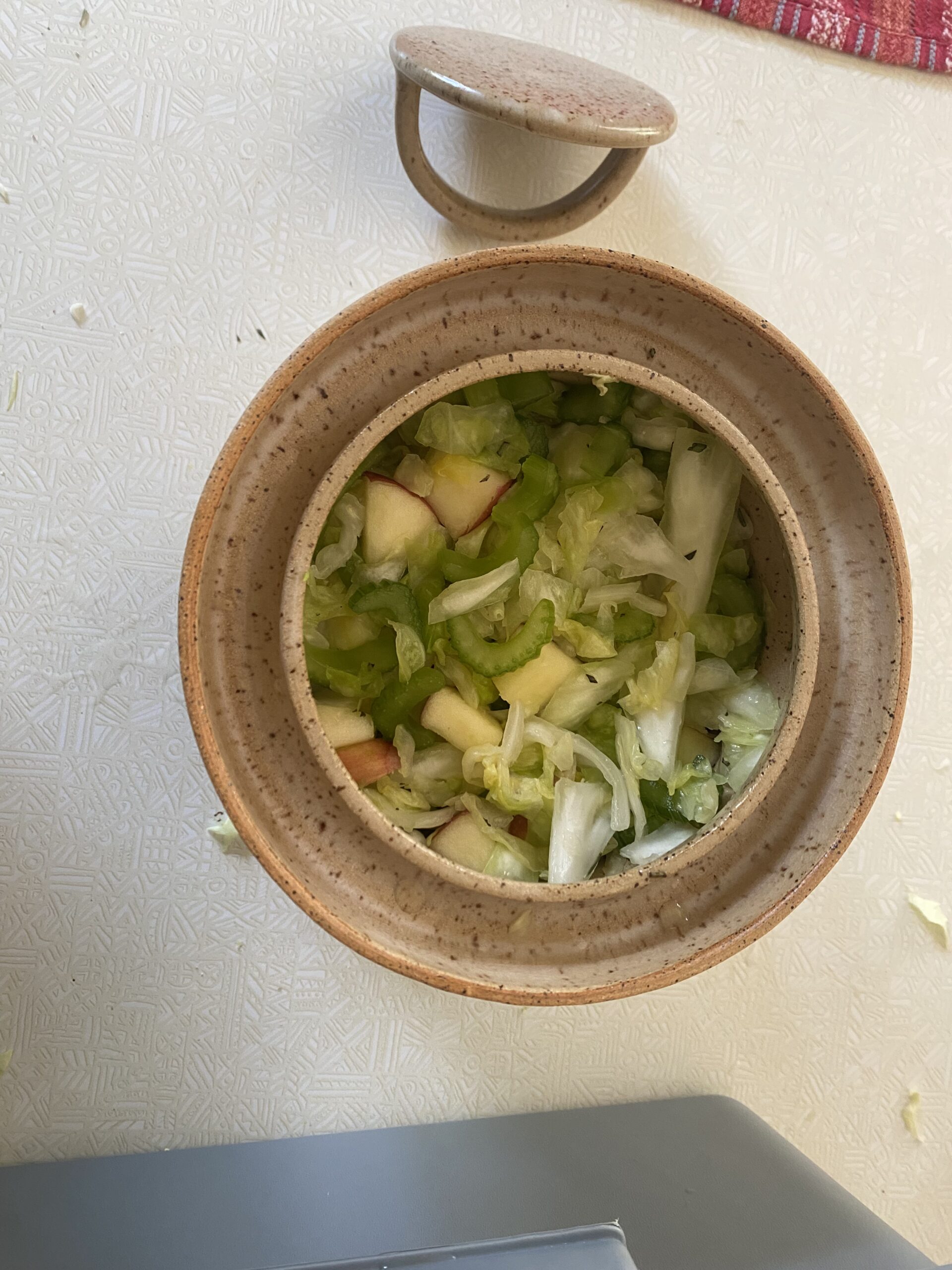This sauerkraut recipe shouts springtime. It’s earthy, sharp, and nuanced—an upgrade to your regular kraut. The potency of springtime leeks and radishes are mellowed during fermentation. The final flavor of this kraut is lovely and leeky—exceptional with pork, eggs, and lamb. It’s a must for your Passover or Easter table.
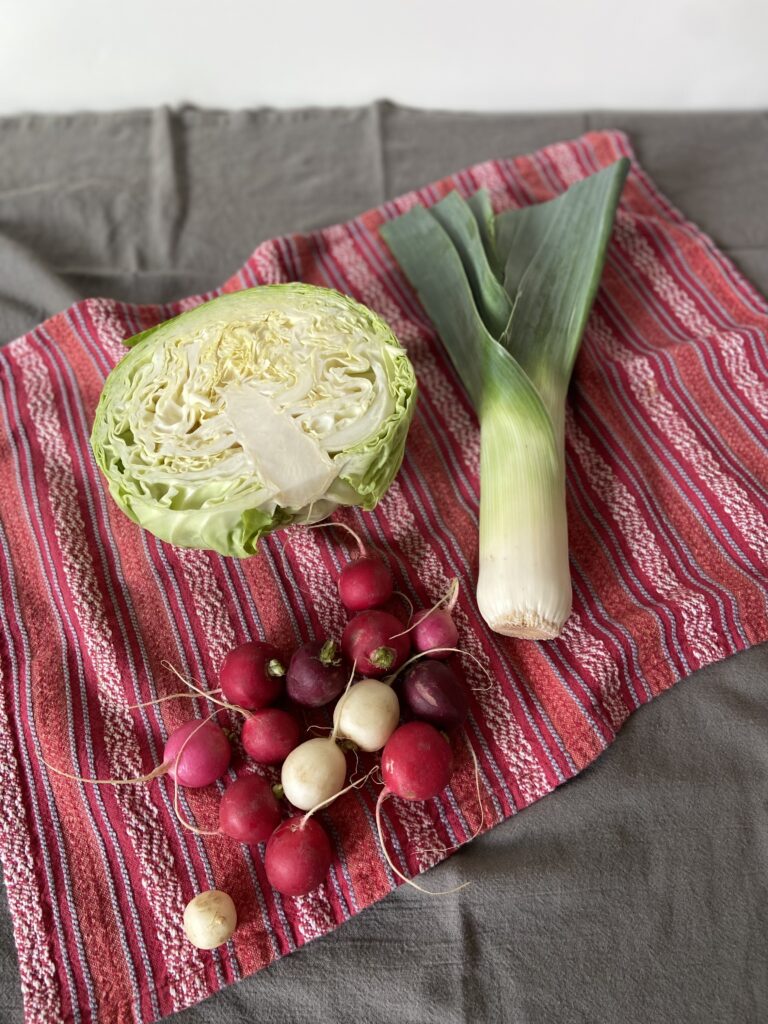
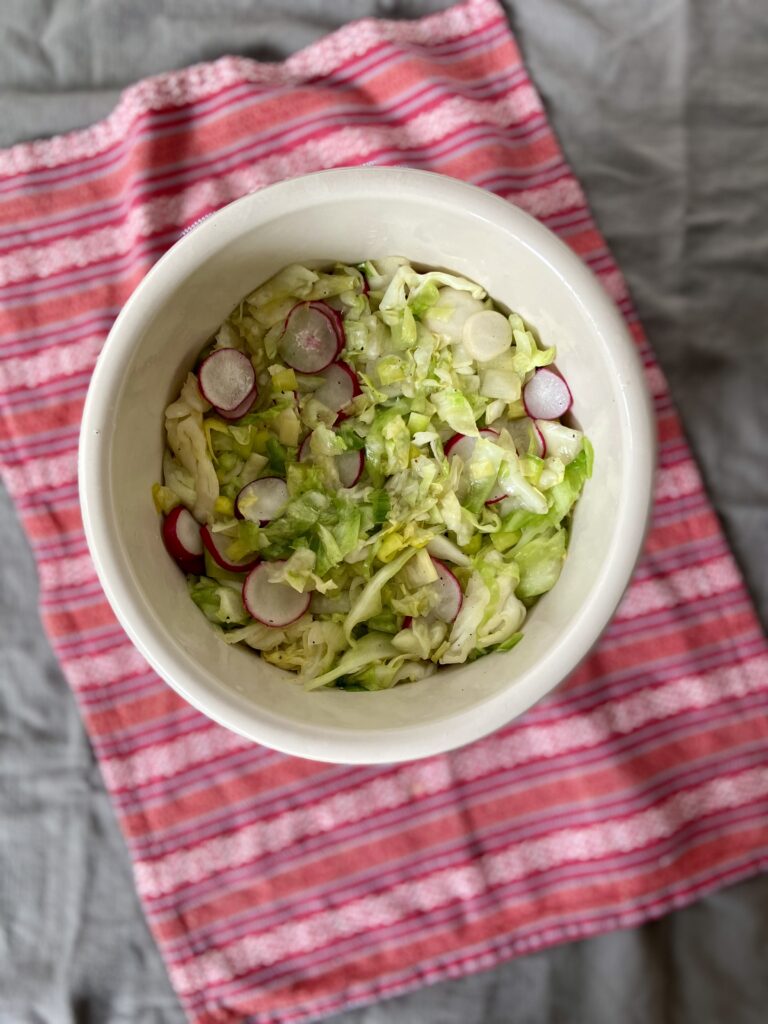
How to enjoy it
eggs and chèvre
pulled pork tacos
schmear with sourdough bagels
Nourishing ingredients
Leeks. Wash them thoroughly. Leeks often have grit and sand deep within their layers.
Radishes. Look for the freshest, springtime radishes. They have the best flavor. Any color or shape is good. In this recipe, I used a mix of red and Easter egg radishes.
Black pepper. Just a touch brings out the earthy flavors in this kraut.
Minimal tools you may need
Bus tub
1 gallon canning jar and fermentation weights
1 gallon crock
The process at a glance
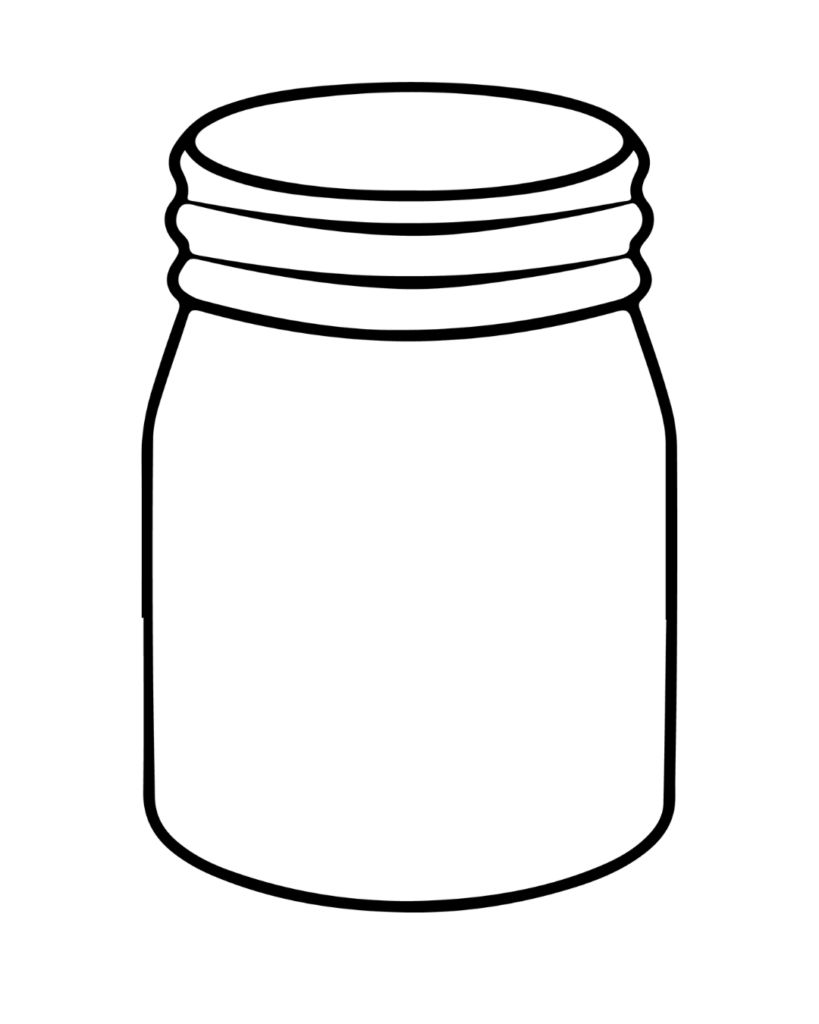
Day 1
Wash all your vegetables, bus tub, and fermentation container(s).
Massage the salt in with your hands for a couple of minutes. Set aside for 30-60 minutes.
Firmly pack down the cabbage mixture and place your weight.
Prepare your vegetables. Chop the cabbage, leeks, and radishes. Put them all in a bus tub and add sea salt.
Pack the sauerkraut mixture, including the liquid that has been released, into a jar or crock.
Let it ferment in a cool spot away from direct sunlight.
Day 2
Day 3
Day 7-28
Check the brine. It may have increased overnight. If it does, pour off extra brine so that it doesn’t overflow. Check it again later in the day to make sure the brine didn’t rise back up. Pour off any extra.
Give it a visual check every day.
Expect to see bubbles rising up through the brine and maybe foam on top. If using a Kraut Source, the device may “burp” every few minutes.
Give it a visual check every few days.
You may notice less activity and no foam or bubbles. This is normal!
Give it a try to see how you like it. More time = more tang. If you want it to keep fermenting longer, place everything back under the brine and keep it at room temp for a few more days. If you’re happy with it, put a label on the jar with the name and date of your ferment. Top the jar with a plastic lid and place it in the fridge.
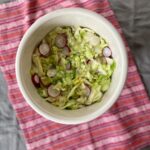
Sauerkraut with leeks, radish, and black pepper
Equipment
- Bus tub
- 1 gallon canning jar or ceramic crock
- Fermentation weight
Instructions
Day 1
- Wash all your vegetables, bus tub, and fermentation container(s).
- Chop the cabbage, leeks, and radishes. Put them all in a bus tub and add sea salt.
- Massage the salt in with your hands for a couple of minutes. Set aside for 30-60 minutes. Add black pepper. Taste and add more black pepper as desired.
- Pack the sauerkraut mixture, including the liquid that has been released, into a jar or crock. Firmly pack down the cabbage mixture and place your weight.
- Pack the sauerkraut mixture, including the liquid that has been released, into a jar or crock. Firmly pack down the cabbage mixture and place your weight. Cover the top of the jar with a flour sack towel.
- Set the sauerkraut in a cool spot away from direct sunlight.
Day 2
- Check the brine. It may have increased overnight. If it does, pour off extra brine so that it doesn’t overflow. Check it again later in the day to make sure the brine didn’t rise back up. Pour off any extra.
- Give it a visual check every day.
Day 3
- Expect to see bubbles rising up through the brine and maybe foam on top.
- Give it a visual check every day.
Day 7-21
- You may notice less activity and no foam or bubbles. This is normal!
- Give it a try to see how you like it. More time = more tang. If you want it to keep fermenting longer, place everything back under the brine and keep it at room temp for a few more days.
For storage
- Once fermented to your liking, put a label on the jar with the name and date of your ferment. Top the jar with a plastic lid and place it in the fridge.
